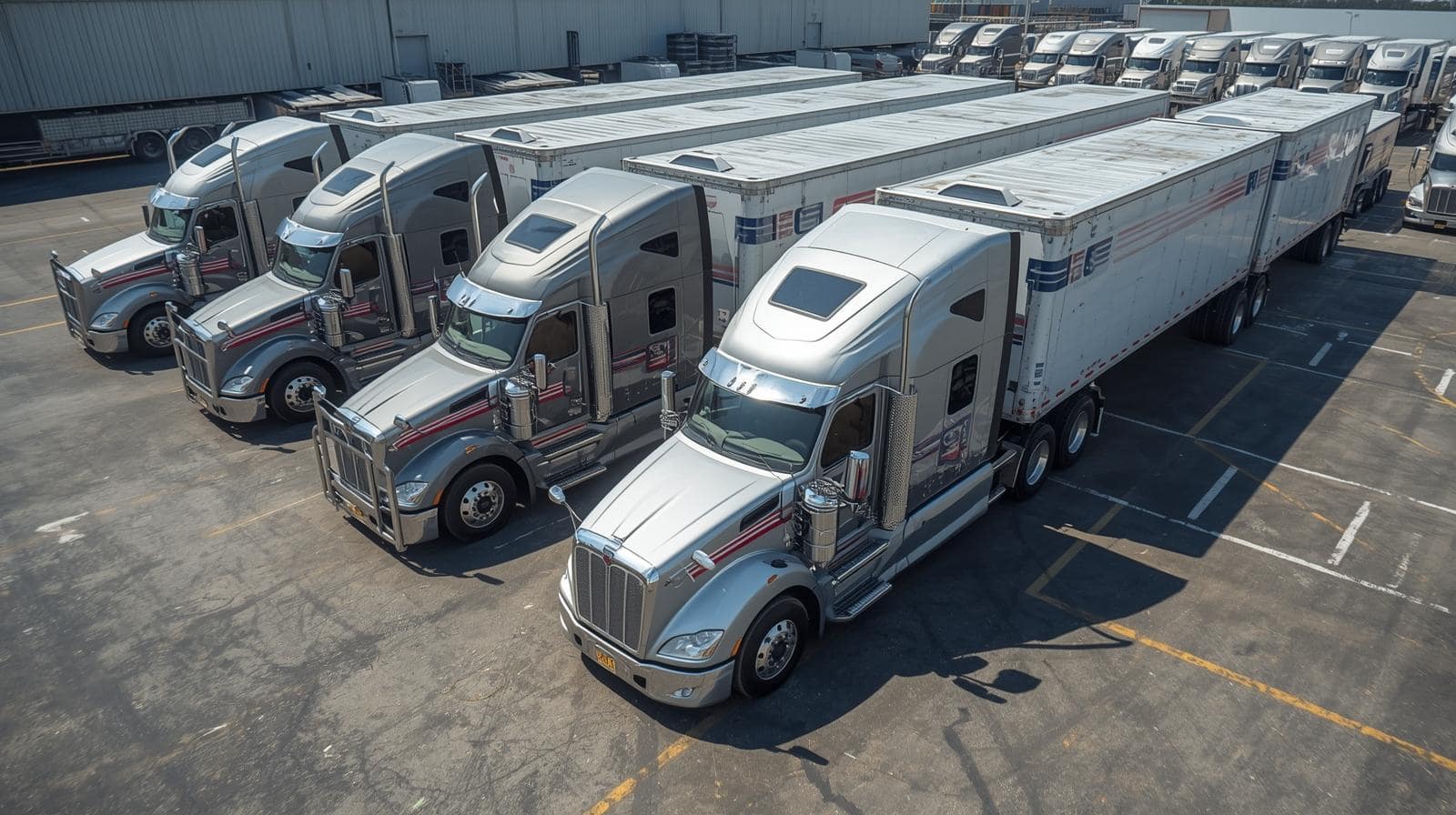Contents
The Role of ELD Devices in Modern Fleet Management
Electronic Logging Devices (ELDs) have redefined how transportation companies manage operations. These devices automatically record driving hours, engine activity, and vehicle movements, creating a reliable, tamper-proof record of fleet performance. They matter because they replace guesswork with verifiable data. Managers can see what is happening on the road in real time, ensuring that drivers comply with Hours-of-Service (HOS) regulations and that deliveries remain on schedule.
By automating data collection, ELD devices remove the inefficiencies of manual reporting. Compliance reports that once took hours now take seconds, freeing up time for drivers and administrative staff. Logistics companies are rapidly moving toward approved ELD devices because they represent more than just compliance – they are a commitment to operational integrity. With regulators and clients demanding higher standards, certified systems ensure credibility and protect against legal and reputational risks.
Real-Time Insights From ELD Devices for Trucks
ELD devices for trucks provide continuous updates on vehicle location, driving hours, and route progress. This real-time visibility changes how fleets operate. Dispatchers can monitor delays, reroute vehicles around traffic congestion, and adjust schedules without relying on phone updates from drivers.
In practical terms, ELD tracking devices prevent costly miscommunication. If a truck is running behind schedule due to unforeseen issues, managers know instantly and can inform clients or redirect resources. This reduces downtime, improves delivery predictability, and strengthens trust with customers. For drivers, it eliminates the frustration of frequent check-in calls, letting them focus on safe and efficient driving while their progress is automatically reported.
The Shift From Paper Logs to ELD Logbook Devices
Manual paper logs were prone to inaccuracies, manipulation, and human error. ELD logbook devices solve these problems by automating record-keeping. Hours-of-Service logs are captured precisely and stored in secure digital formats, making them accessible whenever needed.
This shift not only improves accuracy but also simplifies regulatory compliance. Audits and roadside inspections become straightforward because standardized, tamper-proof records are readily available. ELD logging devices remove the stress of manual logging for drivers and reduce the administrative burden on fleet managers. This transition has transformed how companies maintain records – what once required constant oversight now runs in the background with minimal effort.
Features That Define the Best ELD Devices
The best ELD devices go far beyond basic compliance. They combine high data accuracy, intuitive interfaces, and compatibility with mobile apps to create a seamless user experience. Some advanced systems offer real-time diagnostics, integration with fleet management software, and customizable reporting dashboards.
For small fleets, simple ELD logging devices may be sufficient. However, larger operations benefit from premium systems that deliver analytics on fuel usage, idle times, and driver performance. These devices become optimization tools, providing insights that help managers reduce costs, improve safety, and enhance productivity. Choosing between basic and advanced models depends on the size of the fleet, the complexity of operations, and long-term business goals.
Financial Impact: ELD Devices Prices vs. Long-Term Savings
ELD devices prices vary based on their features, subscription plans, and integration capabilities. While basic units are more affordable, advanced models with tracking and analytics may require higher upfront investment. However, this cost must be viewed in context.
Fuel efficiency improvements, optimized routing, and reduced idle times quickly offset initial expenses. Approved ELD devices also minimize the risk of HOS violations, which can result in hefty fines. Over time, companies often find that the savings in administrative work, penalties, and operational inefficiencies make these systems a high-return investment. ELD devices for sale are no longer seen as expenses – they are revenue-protecting assets.
Transparency and Trust Through ELD Tracking Devices
ELD tracking devices create a transparent ecosystem where every trip is traceable. Clients gain confidence from receiving verifiable updates about shipment progress. Instead of relying on verbal updates, they see accurate, data-backed information.
Internally, these devices foster accountability. Drivers, dispatchers, and managers work from the same set of facts, reducing conflicts and misunderstandings. This level of transparency improves communication across the chain and builds stronger relationships with clients. In logistics, reliability is everything, and ELD logging devices make reliability measurable.
Approved ELD Devices: Meeting Standards Without Compromise
Using approved ELD devices ensures compliance with FMCSA standards and removes uncertainty during inspections. These devices are tested and certified to meet strict U.S. regulatory requirements, which simplifies roadside checks and provides assurance that records are accurate and reliable.
For fleet owners, choosing certified devices means reducing exposure to legal and financial risks. It also reflects a company’s commitment to maintaining the highest operational transparency standards. In an industry where compliance failures can damage reputations, approved ELD devices offer security and peace of mind.
Strategic Adoption of ELD Logging Devices
Integrating ELD logging devices into existing operations requires more than installation – it’s a strategic process. Drivers need training, dispatch teams must adapt to using real-time data, and managers should leverage analytics for informed decision-making.
This adoption fosters a cultural shift toward data-driven accountability. Every mile, every stop, and every hour is documented, creating an environment where performance can be monitored and improved continuously. Fleets that embrace this change don’t just comply with regulations – they set themselves apart as efficient, transparent, and forward-thinking operations.
How to Choose the Right ELD Device for Transparency
Selecting the right ELD system requires balancing features, compliance, and cost. Fleet managers should consider:
- Certification: Always choose approved ELD devices to ensure compliance and avoid penalties.
- Features: Look for real-time tracking, mobile integration, and analytics if optimization is a priority.
- Scalability: Small fleets may do well with basic models, but larger operations benefit from advanced, customizable systems.0
- Cost: Compare ELD devices prices not only upfront but also factoring in subscriptions, maintenance, and long-term savings.
- Ease of Use: Drivers should be able to operate the system with minimal training, reducing errors and improving adoption rates.
By weighing these factors, fleet owners can choose ELD devices for sale that match their operational needs, turning compliance into a competitive advantage.










